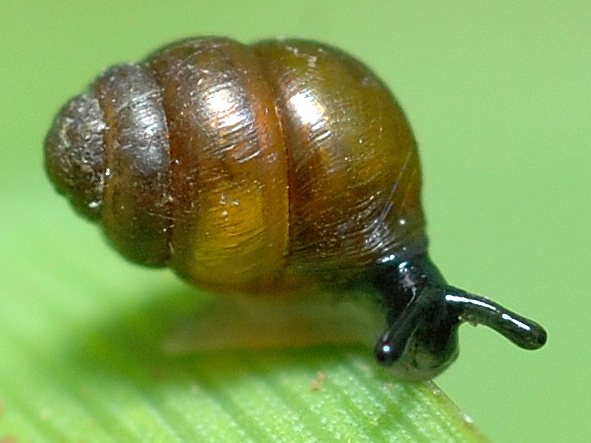Facts About Desmoulin's whorl snail
Desmoulin's whorl snail, a diminutive, air-breathing land mollusk, is part of the Vertiginidae family. Named after the French naturalist Charles des Moulins, this species thrives in calcareous wetlands characterized by specific vegetation such as tall sedges, saw-sedge, and reed-grass. These small creatures are distributed across Europe, inhabiting countries like England, Ireland, the Czech Republic, Poland, the Netherlands, and France. They are also found in certain North African regions. Notably, the snail is listed in Annex II of the European Union's Habitats Directive, underscoring its conservation importance.
In the United Kingdom, Desmoulin's whorl snail is classified as endangered. Its populations are dispersed across areas from Norfolk to Dorset, Kent, and the Llŷn Peninsula in North Wales. Remarkably, this snail's presence led to a delay in the construction of the Newbury bypass due to the necessity of relocating the snails to safeguard their habitat. The snail's shell is minuscule, oval, and glossy, reaching approximately 3 mm in length.
In 2002, the significance of Desmoulin's whorl snail was recognized when it was depicted on a German postage stamp as part of a series highlighting endangered animal species.

 Ireland
Ireland